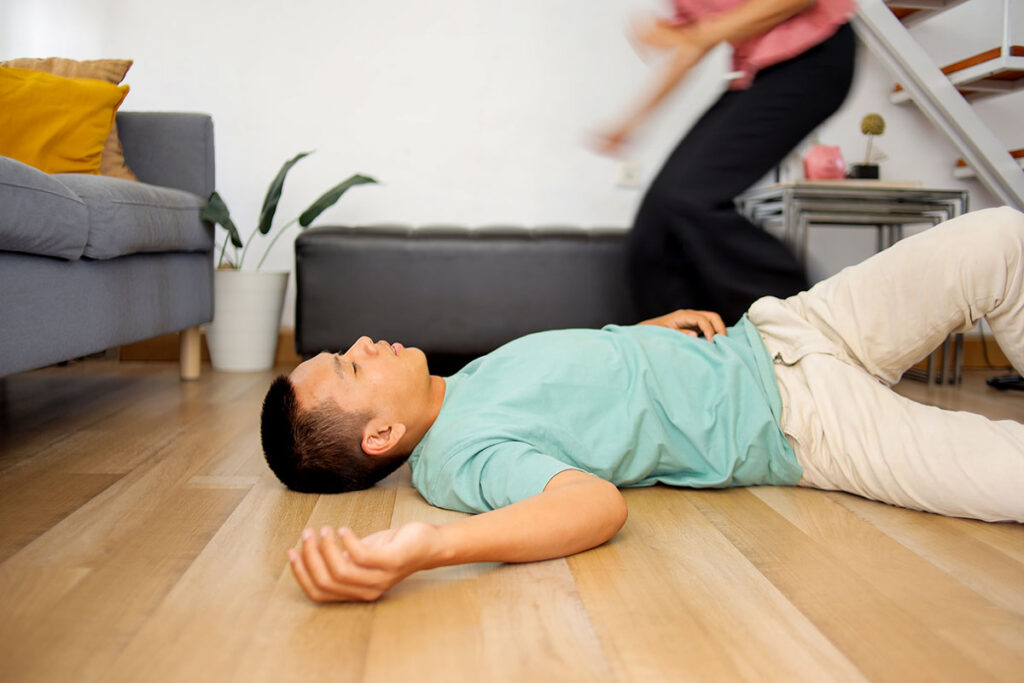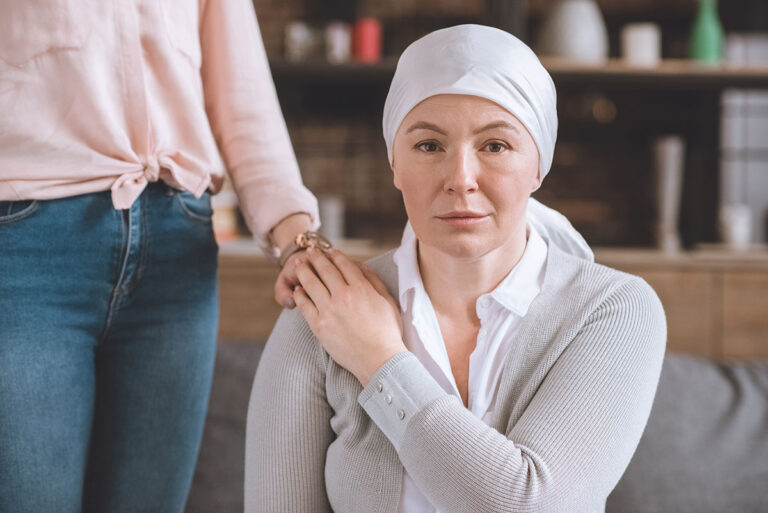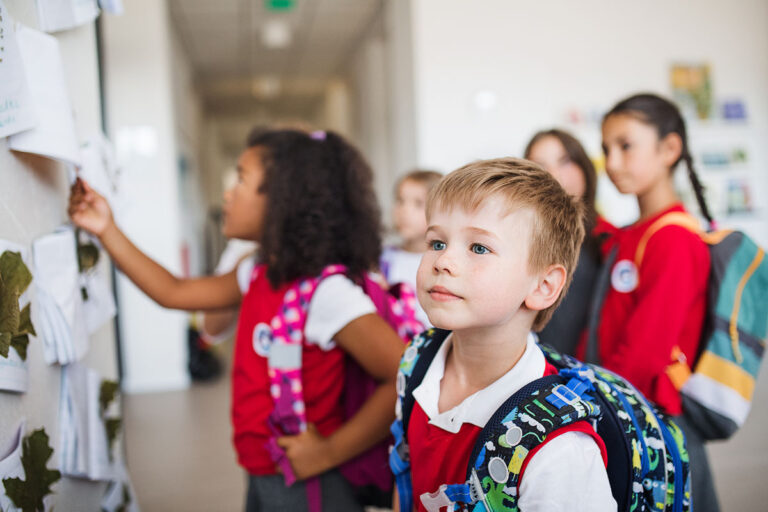North Texas, September 2025 — As Fall Prevention Awareness grows across the nation, safety advocates and healthcare professionals are sounding the alarm on one of the most common causes of injury: slips, trips, and falls. Whether in the workplace, at home, or in public spaces, these seemingly minor accidents can lead to serious injuries, especially among older adults and workers in high-risk environments.
According to the CDC, falls are the leading cause of injury-related emergency room visits in the United States. Each year, millions suffer from broken bones, head trauma, or long-term mobility issues due to preventable falls.
Understanding the Risks
Slips occur when there isn’t enough traction between your foot and the surface you’re walking on. Wet or oily floors, loose rugs, and poor footwear are common culprits. Trips happen when your foot hits an object or uneven surface, causing you to lose balance. Falls often result from either or both of these hazards, and they can happen to anyone, anywhere.
Prevention Starts with Awareness
Fall Prevention Awareness campaigns aim to educate communities and workplaces about proactive steps to reduce fall risks. These include:
- Removing Clutter: Clear walking paths of cords, boxes, and other tripping hazards.
- Proper Lighting: Ensure hallways, staircases, and entryways are well-lit.
- Non-Slip Surfaces: Use mats, grip strips, and floor coatings to reduce slipperiness.
- Footwear Matters: Supportive, non-skid shoes can significantly reduce slip risk.
- Regular Maintenance: Fix uneven flooring, loose railings, and leaking pipes promptly.
For Employers and Property Owners
Businesses have a legal responsibility to maintain safe premises. Failure to do so can lead to liability in the event of a fall-related injury. Regular safety audits, employee training, and prompt hazard correction are key to protecting both patrons and workers.
When a Fall Leads to Injury

Despite best efforts, accidents can still happen. When a fall results from negligence — such as unmarked wet floors or poorly maintained walkways — victims may have the right to pursue compensation.
“We see many clients who suffer life-changing injuries from falls that could have been prevented with basic precautions,” says Scott Snellings, founding partner of Snellings Law. “Awareness and accountability go hand in hand when it comes to preventing these accidents.”
Free Fall Prevention Guide Available
To support families and caregivers in the fight against fall-related injuries, Snellings Law has released a free Fall Prevention Guide tailored for seniors and their support networks.
The guide includes:
- Easy home safety improvements to reduce fall risks
- Mobility and health tips to boost balance and confidence
- Caregiver strategies to spot early warning signs of fall risk
- What to do if a fall happens — and when it may involve negligence
- Legal insights for families navigating unsafe premises or responsible third parties
“Falls are preventable, but they require awareness and action,” said Snellings. “Our guide is designed to empower seniors and caregivers with tools, knowledge, and next steps if an injury occurs — especially when someone else’s negligence is to blame.”
Get Involved
This Fall Prevention Awareness season, take a moment to assess your surroundings — whether at home, work, or in your community. Small changes can make a big difference in protecting yourself and those around you.
If you or a loved one has suffered a serious fall due to unsafe conditions, you don’t have to face it alone. Contact Snellings Law for a free consultation and learn how we can help you take the next steps toward justice and recovery.





